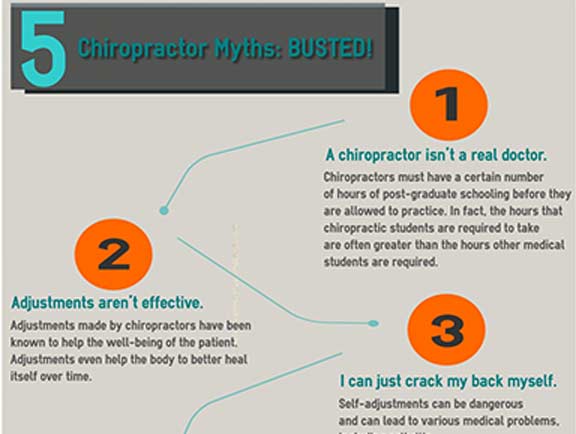The Connection Between Posture And Pain In The Back: Ways To Make Certain Proper Placement All Day
The Connection Between Posture And Pain In The Back: Ways To Make Certain Proper Placement All Day
Blog Article
Web Content Develop By-Fletcher Ritchie
Preserving appropriate position isn't practically staying up right; it's about straightening your body in a way that sustains your spine and reduces the danger of pain in the back. The method you sit, stand, and move throughout the day can significantly affect your spine health. But just how specifically can Visit Home Page guarantee great placement constantly, even throughout hectic days filled with numerous tasks? Allow's dive deeper right into the refined yet impactful adjustments you can make to your everyday routine to maintain your back delighted and healthy and balanced.
Importance of Proper Position
Proper position is vital in keeping a healthy and balanced back and avoiding pain. When you rest or stand with good stance, your back is in alignment, reducing pressure on your muscles, tendons, and joints. This alignment permits the body to disperse weight equally, preventing too much tension on particular locations that can result in discomfort and discomfort. By keeping your spinal column effectively straightened, you can also improve your breathing and digestion, as slouching can press organs and restrict their performance.
In addition, preserving great stance can boost your overall appearance and self-esteem. When you stand tall with your shoulders back and head held high, you emanate confidence and show up even more approachable. Good position can likewise make you really feel much more energized and alert, as it promotes appropriate blood circulation and permits your muscle mass to work successfully.
Including correct posture right into your daily regimen, whether resting at a desk, strolling, or working out, is crucial for protecting against pain in the back and advertising general wellness. Keep in mind, a small change in how you hold yourself can make a substantial distinction in just how you really feel and work throughout the day.
Common Postural Mistakes
When it comes to preserving great pose, lots of people unconsciously make typical blunders that can contribute to pain in the back and discomfort. Among one of the most prevalent errors is slouching or hunching over while sitting or standing. This setting puts too much pressure on the back and can result in muscular tissue imbalances and pain in the future.
Another usual mistake is overarching the lower back, which can squash the natural contour of the back and cause discomfort. Furthermore, going across legs while resting might really feel comfy, however it can produce an imbalance in the hips and pelvis, bring about postural problems.
Utilizing a pillow that's too soft or also strong while resting can also affect your alignment and contribute to neck and back pain. Lastly, frequently craning your neck to consider displays or readjusting your position often can strain the neck and shoulders. Being https://upper-cervical-chiropract40627.ttblogs.com/11700154/you-may-be-surprised-to-discover-that-lots-of-misconceptions-about-chiropractic-treatment-stem-from-a-lack-of-understanding-discover-the-fact-behind-these-myths of these usual postural errors can help you preserve much better positioning and lower the threat of pain in the back.
Tips for Correcting Placement
To boost your alignment and lower pain in the back, it's important to concentrate on making small modifications throughout your day-to-day routine. Begin by being mindful of your stance. When sitting, guarantee back pain when walking are level on the floor, your back is straight, and your shoulders are unwinded. Prevent slouching or leaning to one side. Usage https://auto-injury-chiropractor06284.loginblogin.com/39156674/a-day-in-the-life-of-a-pain-in-the-back-patient-tips-for-handling-pain-at-work or paddings to support your lower back.
When standing, distribute your weight evenly on both feet, keep your knees somewhat bent, and tuck in your hips. Involve your core muscle mass to support your spine. Take breaks to stretch and walk if you have a sedentary work. Integrate exercises that reinforce your core and back muscles, such as slabs or bridges.
While sleeping, utilize a cushion that sustains the natural curve of your neck to keep correct spine positioning. Prevent sleeping on your stomach, as it can stress your neck and back. By bearing in mind these suggestions and making small changes, you can gradually fix your positioning and alleviate back pain.
Verdict
Remember, preserving great posture is vital to preventing back pain and advertising spinal health and wellness. By being mindful of your positioning, dispersing weight equally, and involving your core muscular tissues, you can minimize stress on your back and decrease the risk of discomfort and injury. Incorporate ergonomic support, take regular breaks to stretch, and reinforce your core and back muscular tissues to maintain proper placement throughout the day. Your back will thank you for it!
